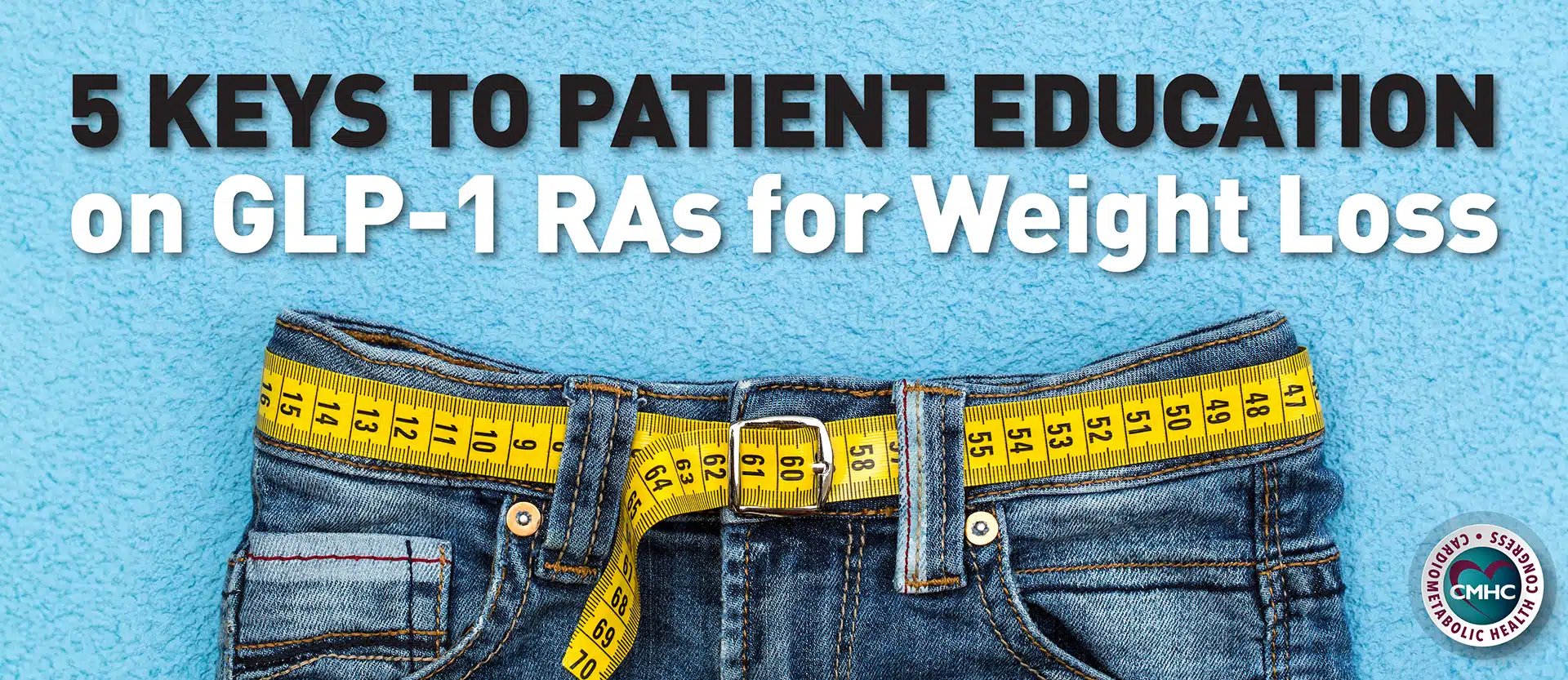September 23, 2016
First clinical trial to study GLP-1 receptor agonist and SGLT-2 inhibitor combination shows positive results
Experts have speculated that combination GLP-1 receptor agonist and SGLT-2 inhibitor therapy may have synergistic, beneficial effects in the treatment of type 2 diabetes. Now there are data to support this, as results of DURATION-8, the first clinical trial to study the combination as an addition to standard-of-care therapy, were recently announced at the European Association for the Study of Diabetes (EASD) 2016 Annual Meeting and published in the Lancet Diabetes and Endocrinology.
DURATION-8 showed the addition of the GLP-1 RA exenatide and the SGLT-2 inhibitor dapagliflozin as combination therapy significantly reduced HbA1c (a 2% reduction) at 28 weeks compared with either therapy alone in patients with type 2 diabetes who were not sufficiently controlled on metformin. Changes in body weight and systolic blood pressure were secondary endpoints, and the combination produced significantly greater weight loss and systolic blood pressure reduction than either therapy alone. The combination was also well tolerated, with similar rates of adverse events for the combination treatment as the individual therapies. No episodes of hypoglycemia were reported.
Interest in the use of SGLT-2 inhibitors and GLP-1 RAs together grew after results of the CV outcomes trials EMPA-REG and LEADER showed that an SGLT-2 inhibitor (empagliflozin) and a GLP-1 RA (liraglutide) had cardiovascular benefit and likely worked by different mechanisms of action. (Results of CV outcomes trials for exenatide and dapagliflozin will not be available until 2018 and 2019, respectively.) It remains to be seen whether the cardiovascular benefit of SGLT-2 inhibitor/GLP-1 RA combination therapy will exceed that of the individual drugs.
Although more studies are needed to fully assess the effects of GLP-1 RA/SGLT-2 inhibitor combination therapy, enough evidence does exist to support dual therapy in type 2 diabetes and the results of DURATION-8 may help clinicians make sense out of the numerous possible combinations. (There are 13 classes of antihyperglycemic drugs approved in the United States, 7 of which are considered major.) Although most clinicians agree combination treatment should be used as early and as aggressively as possible many continue to be confused by the question of “what combination?” The results from DURATION-8 support the assumption that GLP-1 RAs and SGLT-2 inhibitors in combination make physiologic sense.
Results of recent trials and their implications on the management of diabetes will be discussed by expert faculty, including Jay S. Skyler, MD, Robert H. Eckel, MD, Robert E. Ratner, MD, and Irl B. Hirsch, MD at the 11th Annual Cardiometabolic Health Congress, taking place October 5-8, 2016 at the Sheraton Boston. Registration information can be found at: https://www.cardiometabolichealth.org/2016/register-11th-annual.html.















